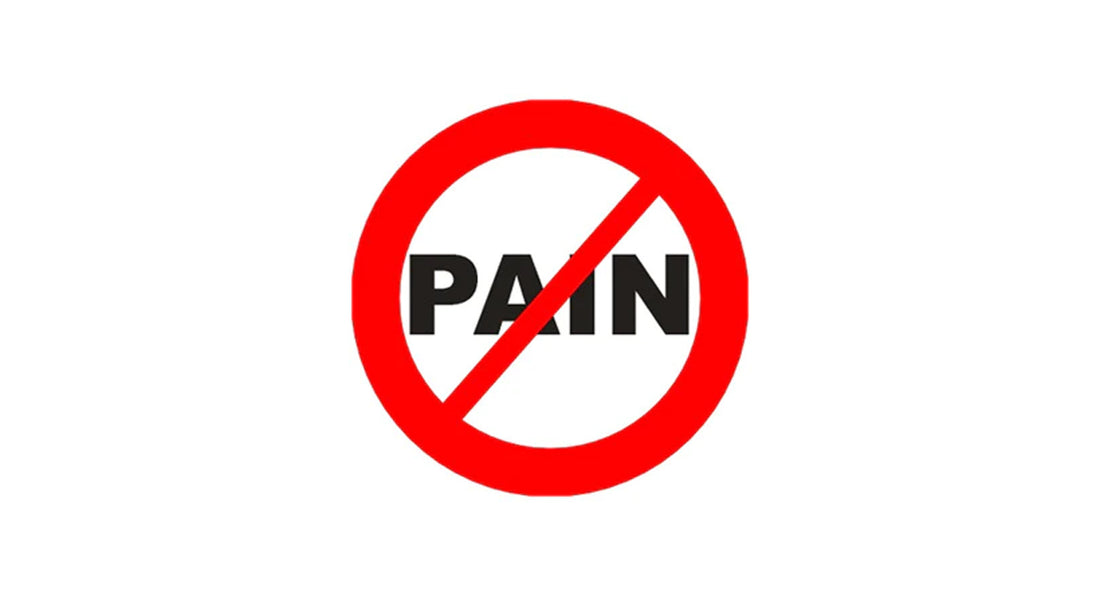I reported on some nice experiences with the WiTouchPRO a few weeks ago.
The patient I described in the post is a 93-year-old lady with a compression fracture of T12 a few months ago. She has difficulty walking and moving around as a result of the significant forward bended posture. She has significant pain in the back because of the ‘wrong’ biomechanics around the thoracolumbar area.
After a few non-effective early treatments, we started incorporating the WiTouchPRO on the 4th session to see if wearing it would make a difference. She immediately managed to straighten up much better, she said that she felt much less pain and was able to participate in exercises that were difficult or impossible before. She decided to buy a unit right there and then, and use the unit at home several times per day.
I have treated this lady another 6 times – 2 x per week for 3 weeks – since the last post. She still wears the WiTouchPRO at home and swears by it. In fact, she is so enthusiastic about it that she has convinced her son and her daughter-in-law to get a device as well for their back pain. She has made great progress clinically with much better strength and posture. She is able to do her home exercise program much more consistently and effectively. She feels that she is OK now because she can again do the cooking she wants to do for her family when they come and visit. Done and dusted! Patient is discharged.
I am of the firm opinion that the use of this kind of TENS – low-profile, self-contained, easy to use – has delivered increased utilization and compliance in this patient, and with it clinical outcomes.
TENS to manage symptoms of CRPS
I have given the same unit to a 61-year-old patient with definite signs of sympathetic hyperactivity (Complex Regional Pain Syndrome or CRPS) in the right arm and hand. He has had this issue for over a year, gradually getting worse. The underlying pathology is probably the disc protrusion at C5-6 and C6-7. His hand gets painful, swollen and cold. The more he pushes himself, the worse it gets, which is standard behavior for this kind of problem.
I have asked him to use the WiTouchPRO on the upper thoracic spine at least 2 x per day. Two weeks into it, things are looking very promising! Less swelling, less pain, better circulation. He was able to resume his work (landscaping) as a result of the improvement. He is even considering postponing or canceling the scheduled surgery to fuse his cervical segments. This is huge! Non-narcotic pain control, surgery avoidance…
It’s amazing to me to see to what extent pain can be a driving force behind the functional limitations I see in my patients. We are all taught that pain is not a primary impairment, that we should treat the underlying cause and not the symptom (pain). That may make good sense, but not treating the pain often ends you up in a no-win situation. Pain = stop moving = everything gets worse.
Non-narcotic pain management
Today I treat pain in a non-invasive way wherever and whenever I can. I look for equipment like the WiTouchPRO because of its ease-of-use; it promotes patient compliance, which is absolutely essential
By the way, I mentioned in my earlier post that I tried to explain to my 93-year-old patient that she could control her WiTouchPRO via an app on a smartphone. She laughed and explained that was still using a ‘regular’ phone. Now that her son and daughter-in-law are using the same device, they have installed the app, they are using it and are enjoying it. They are also trying to convince their mother/mother-in-law to get a new phone so she can enjoy the same convenience.
Good luck with that…
Yorick Wijting, PT, DPT (www.specialistpt.com) received his degree in Physical Therapy in the Netherlands and later his DPT at the University of St. Augustine in Florida. He has practiced physical therapy in various care settings across Europe, South Africa and the United States. He has extensive training and practical experience in electrotherapy and teaches nationally and internationally to medical professionals on its therapeutic use. He is passionate about helping clinicians discover how technology can enhance their efficiency and treatment outcomes.

